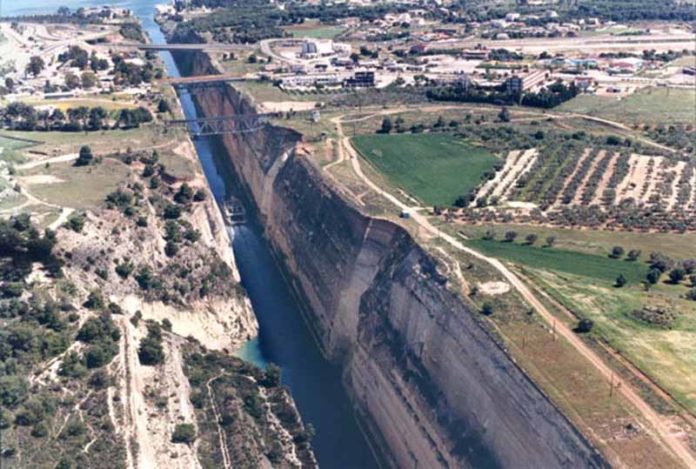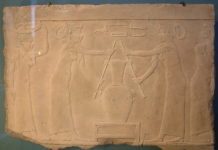One of the easiest ways to transport heavy goods is to float them. However, rivers don’t always run from where the goods are to where they are needed. Canals became the artificial waterways that allowed travel inland and in the opposite direction of river currents.
Babylonian Canals
Ancient Babylon had canals for both irrigation and travel. They were built in Mesopotamia and date back to 4,000 B.C. A canal also connected the Tigris and Euphrates rivers.
Egyptian Canals
Egyptians made heavy use of canals. Lower Egypt, in the delta region, used canals to trade. It is believed that the Egypt had up to 80 canals that ranged up to 100 miles in length.
Pharoah Necos is said to have had the Grand Canal dug from the Nile to the Red Sea. According to Pliny, the canal was 37-miles long, 100-feet wide and 40-feet deep. Darius of Persia continued the work and Ptolemy II finished it and operated it. The canal ran from Arsinoe on the Bitter Lakes to the Red Sea.
It eventually fell into disuse but the governor of Egypt, Amru, in the Caliphate of Omar, restored the canal in 635 until it fell into permanent disuse.
Roman Canals
The Roman general Drusus built a canal in the 1st Century that connected the Rhine and Ijssel rivers. Romans built other canals when the land lent itself to their designs. Rome’s inland port was connected to the sea by an 11-mile-long canal, according to a web site on the canals of Drusus.
Roman politics did much to hold back Roman development of canals. When attempts were made to dig a canal across the isthmus of Corinth, businessmen in Corinth who would lose business if it was easier to travel around the Pelepnnesus opposed the canal.
Even Julius Caesar wanted a canal through the isthmus, according to Seutonius, but he was assassinated before he could attempt the canal.
Chinese Canals
Even the Chinese with their great navigable rivers, the Yangtze and the Huang-Ho, used canals. The Chinese Grand Canal was over 800 miles long and ran from Peking to Hangchow. It is the longest canal in the world. One benefit of the Grand Canal were that they eliminated sea travel between cities, which could be dangerous for smaller boats. Depths in the canal ranged from 7-11 feet. It was generally 100-feet wide. On uphill sections, the boats were hauled by windlass.
The Yun-Ho Canal was fed by rivers and lakes so that it actually had a natural current. It was used to transport tribute grain from southern China to Peking.
The idea of canals were eventually adopted by the Europeans and sprang into what became known as “The Golden Age of Canals.”








